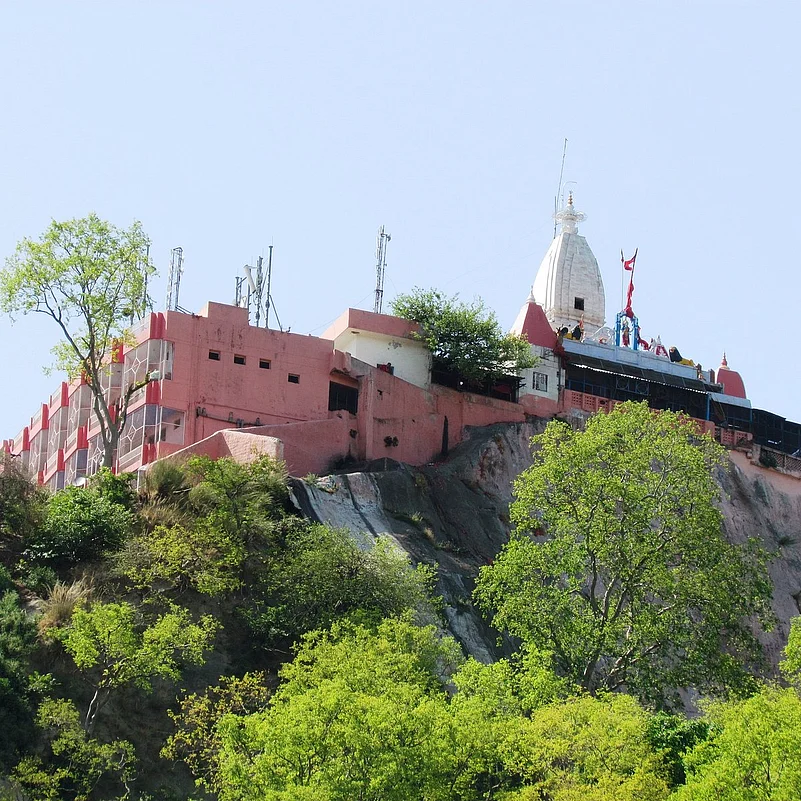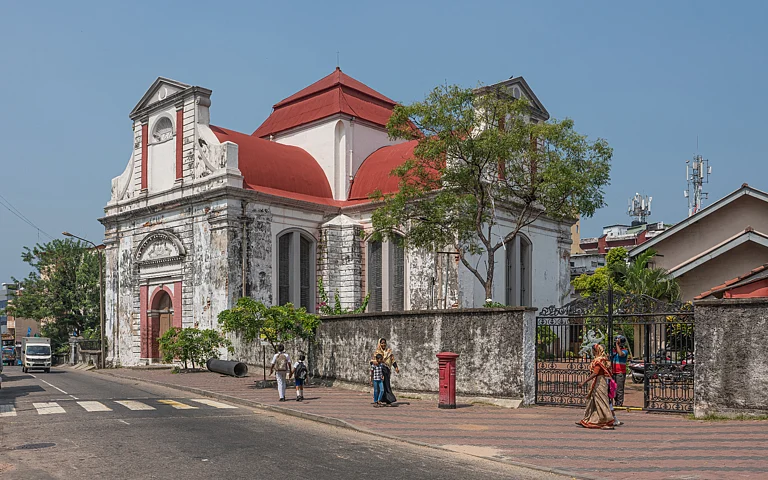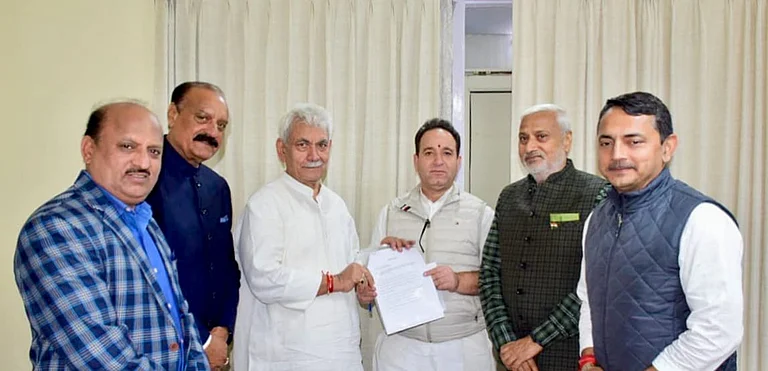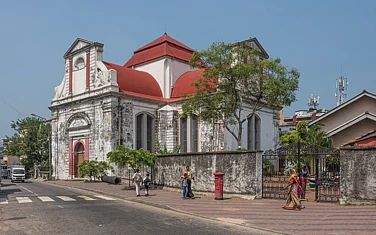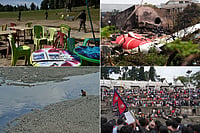When people think of Manasa Devi, they often picture the famous temple in Haridwar. Perched atop the Bilwa Parvat in the Shivalik Hills, it is one of the most well-known shrines in North India. Every year, thousands of pilgrims visit this temple, especially during Navratri and the Kanwar Yatra. But the story of Manasa Devi, the snake goddess who is believed to protect her devotees from snakebites and illness, goes much deeper than one popular temple. Her true essence lives in the villages and hearts of eastern India.
The Popular Hill Temple in Haridwar
The Haridwar Manasa Devi Temple is a major part of the "Siddh Peeth" triangle along with Chandi Devi and Maya Devi temples. Devotees often hike or take a ropeway to reach the temple, where they offer prayers and tie threads to a sacred tree in the hope of getting their wishes fulfilled. This temple is iconic and has brought Manasa Devi into the mainstream of Hindu worship.
However, in eastern India, the devotion to Manasa Devi feels much more personal and grounded. In places like West Bengal, Bihar, Jharkhand, and Assam, she is not always worshipped in grand temples. Instead, she lives in mud shrines, sacred groves, and the folk songs of local communities.
Worship Among the Fields and Villages
In these regions, Manasa Devi is seen as a goddess of the soil. She is worshipped under trees, near snake holes, or in temporary altars made of clay. Her devotees believe she can protect them from snakebites and misfortunes. This connection is especially strong during the monsoon months, when snakes are active and rural communities are most vulnerable.
Her worship often takes place in simple ways. Villagers offer milk, flowers, and incense at her shrines. Women sing traditional songs about her life, which speak of her strength and struggle for divine recognition.
Manasa Devi in West Bengal
In Bengal, Manasa Devi is more than a religious figure. She is a cultural icon, celebrated in folk literature such as the "Manasamangal Kavya." These stories describe how she fought to be accepted by other gods, especially Shiva, and how she eventually earned her place in the pantheon.
The Maa Manasa Temple, located in Jakpur near Kharagpur in the Paschim Medinipur district of West Bengal, is a well-known shrine dedicated to the serpent goddess Maa Manasa. Among its most distinctive features is the absence of a rooftop, which sets it apart from conventional temple architecture.
Easily accessible via NH-6 and the South Eastern Railway line, the temple attracts a steady flow of devotees. The present structure is relatively new, having been reconstructed in 2012. Locals strongly believe that Maa Manasa resides here and listens to the prayers of her devotees. It is said that if someone sincerely prays to her, she grants their heartfelt wishes and dreams.
Shrines in Bihar: Faith in Everyday Life
In Bihar, especially in places like Naugachia in Bhagalpur district, Manasa Devi is deeply respected. During the month of Shravan, many households set up small altars in their courtyards or near rivers. These shrines are decorated with clay idols, mango leaves, and marigold flowers.
Devotees gather to sing in Maithili or Angika languages. They offer milk and rice, praying for protection from snake bites and a good harvest. The rituals are intimate and passed down through generations.
Jharkhand's Unique Practices
In Jharkhand, Manasa Devi worship blends with tribal customs. In areas like Simaria and Palamu, the goddess is associated with nature and fertility. Her shrines may not even have idols. Instead, a stone under a tree or a decorated patch of land may represent her.
Local people worship her with drums, dance, and offerings of fruit and grain. These rituals are not always led by priests but by village elders or women who have carried the traditions forward.
Why These Shrines Matter
These small and often overlooked shrines reflect how Indian spirituality exists in many forms. While the Haridwar temple offers a more formal and visible face of Manasa Devi, these village shrines represent her connection to everyday life.
She is not only worshipped as a goddess but also seen as a personal protector. Her stories show her as a strong, independent force who challenged the divine order and won her place. This makes her especially powerful for women and those who feel unheard or vulnerable.
The Legacy in Folk Culture
Manasa Devi’s name echoes through the folk music of Bengal, Assam, and Bihar. Storytellers, poets, and singers keep her memory alive in their performances. Her tale is one of resilience and justice. These stories are told during festivals, village fairs, and even around household gatherings.
Unlike other gods whose stories are often limited to scriptures, Manasa Devi lives in everyday speech, belief, and memory.
The Balance Between Fame and Faith
While Haridwar’s temple has helped bring attention to Manasa Devi, her spiritual heart still beats strongest in the quieter corners of eastern India. Here, she is not just a goddess of snakebites. She is a symbol of courage, determination, and local faith.
Exploring these hidden shrines shows us how religion in India is deeply connected to the land and the people. It is not just about marble temples and big festivals. Sometimes, it is about a handful of flowers, a whispered prayer, and the belief that a goddess is watching over your home.







